Caulking is an important part of home maintenance, but what happens when the weather turns cold? Can you caulk in cold weather? In this comprehensive guide, we will answer all of your questions about caulking in cold weather. We’ll provide tips on how to keep your caulking job protected from the elements, and we’ll give you a few ideas on how to keep your home warm during the winter months. Let’s get started!
Table of Contents
Is it Possible to Caulk in Cold Weather?
This helps to prevent water and air from entering through the gap or joint, thus preventing damage and deterioration of the materials. It also helps create a weatherproof seal between two surfaces that otherwise might not adhere well.
However, the temperature at which caulking can take place is often a point of confusion for many people. Many believe that it is simply not possible to caulk in cold weather because the caulking material will freeze and become ineffective.
Fortunately, this is not necessarily true. Caulk can still be used in colder temperatures—as low as 0°F. However, you must take some precautions when doing so in order to ensure that the application is effective and long-lasting.
The challenge with caulking in cold weather comes down to finding the right type of caulk that works best under these conditions. In order to do this, it is important to understand how temperature affects the caulk itself.
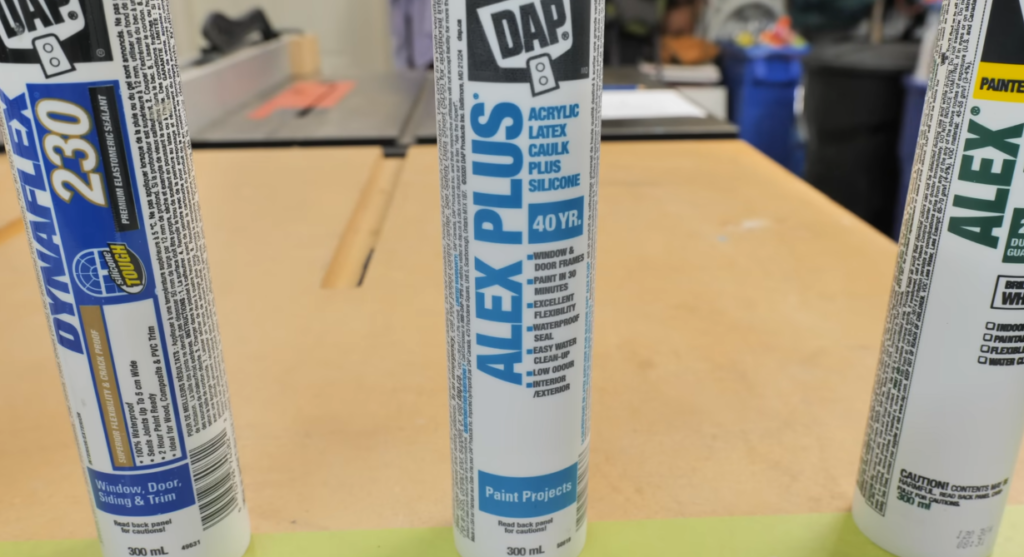
Additionally, proper preparation of the surfaces you are caulking is essential in cold weather conditions. Before applying any caulk, make sure that all surfaces are clean and dry. This will help ensure better adhesion and a longer-lasting seal. We will talk more regarding this in a minute. [1], [2], [3], [4], [5]
What Factors You Should Consider Before Proceeding
Still, what decides whether caulking in cold weather is possible or not? The following are some key factors to consider before proceeding. You shouldn’t ignore them as ignoring them can lead to a poor seal and/or wasted time and money.
Choose the proper caulk
There are many caulks available on the market and not all of them are suitable for cold weather caulking. It’s important to choose the proper caulk, specific to the job being undertaken, so that you can get a good seal and avoid issues when temperatures drop below optimal levels.
Acrylic latex is typically used in most indoor applications (including sealing windows or doors) while butyl rubber is usually used outdoors and is best suited to exterior siding. Water-based acrylics can’t be used in cold weather if the temperatures are freezing or below and silicone caulk is best used in extreme temperatures.
However the major downside of silicone is its lack of elasticity, making it unsuitable for large gaps or expansion joints, as the caulking will often crack under pressure.
Temperature
Both the temperature of your caulk and environment are key factors to consider before you begin. If you plan on caulking in a cold environment you need to heat up the caulk before you use it. This will ensure the caulk can flow smoothly and properly. If your caulk is too cold it can become thick and difficult to work with.
Of course the temperature of your environment is just as important. If it’s too cold the caulk may not properly bond with the surface you’re caulking. This can lead to a weakseal, cracking or peeling down the road. Even though most manufacturers recommend a temperature of 0 degrees Fahrenheit minimum, certain caulks can be used in -20°F if you take all the precautions.
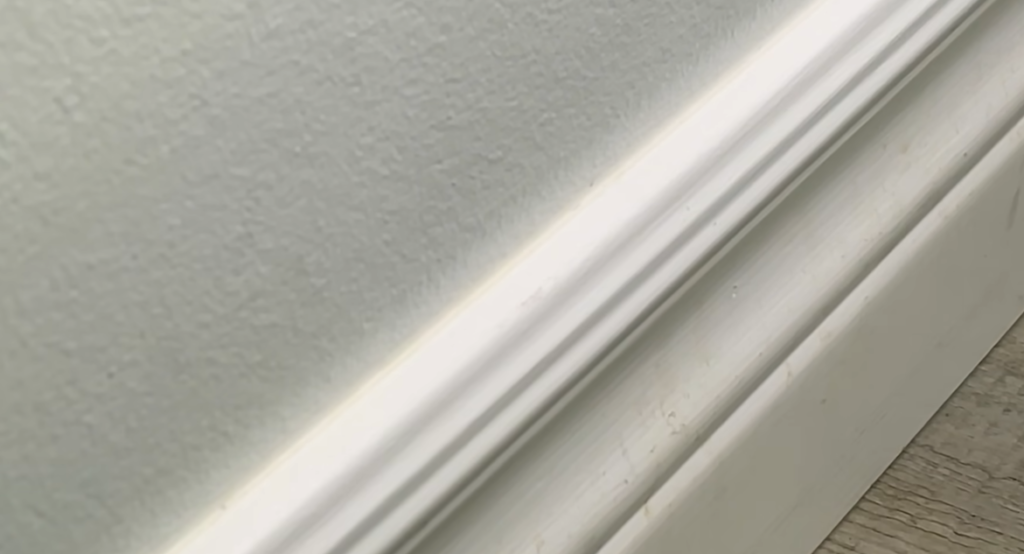
Try to avoid high temperature fluctuations as well. If the caulk experiences extreme temperature changes it can cause shrinking and cracking.
Joint movement capability
Joint movement capability or elasticity is a measure of the ability of a caulk to stretch and compress as temperatures change. It is important because with temperature changes come movements in building materials such as expansion and contraction. Caulk that is too rigid will crack when joints move, while one that is too soft will not maintain an effective seal.
A good joint movement capability allows caulking to shift and flex with changing temperature and keep its seal intact. This is especially important for exterior caulking applications where extreme temperature fluctuations are common.
The ideal joint movement capability for caulking is around 25% and more, depending on the material and application. This should ensure a good enough seal without cracking when temperatures change and movement.
Humidity
Another key factor to consider is humidity. High levels of humidity can cause condensation inside your tube of caulking and create bubbles as it dries. But what’s worse, water is an enemy of silicone sealants, and can weaken the bond, making it more prone to cracking.
Because of this, you should always check the humidity levels before caulking in cold weather. If humidity is high, you can try to dry the area with a dehumidifier first.
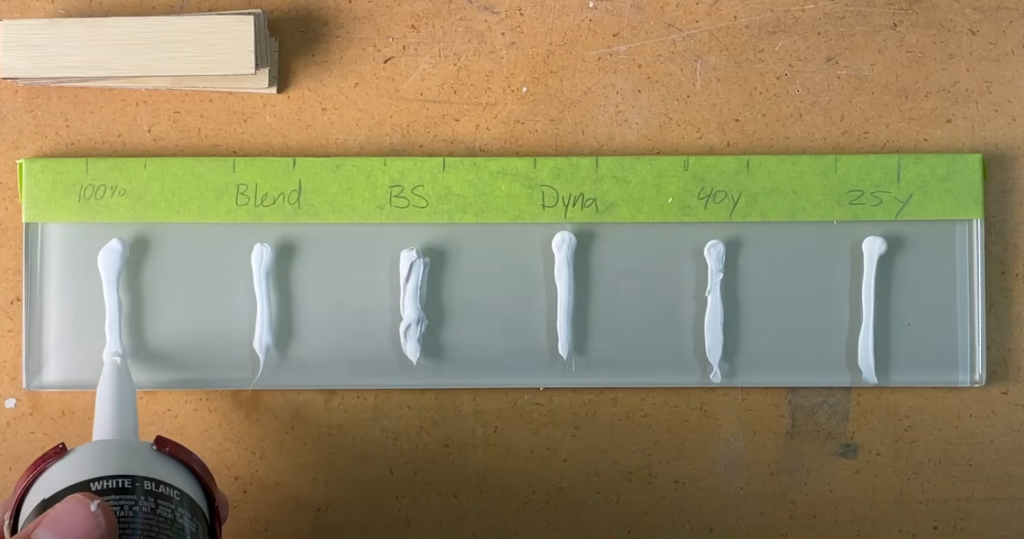
And make sure the surface you plan on caulking is frost-free. Frost will interfere with the adhesive and cause it not to properly bond.
Prepare the surface
Before you begin caulking, it’s important to make sure the surface area is prepared correctly. Take the time to thoroughly clean the surface with a warm water and soap solution, then allow it to dry completely before proceeding.
Thoroughly inspect the surface for frost, moisture, or mildew that may have developed overnight. If the surface is wet, cold temperatures can prevent the caulk from adhering correctly and could lead to major problems down the line.
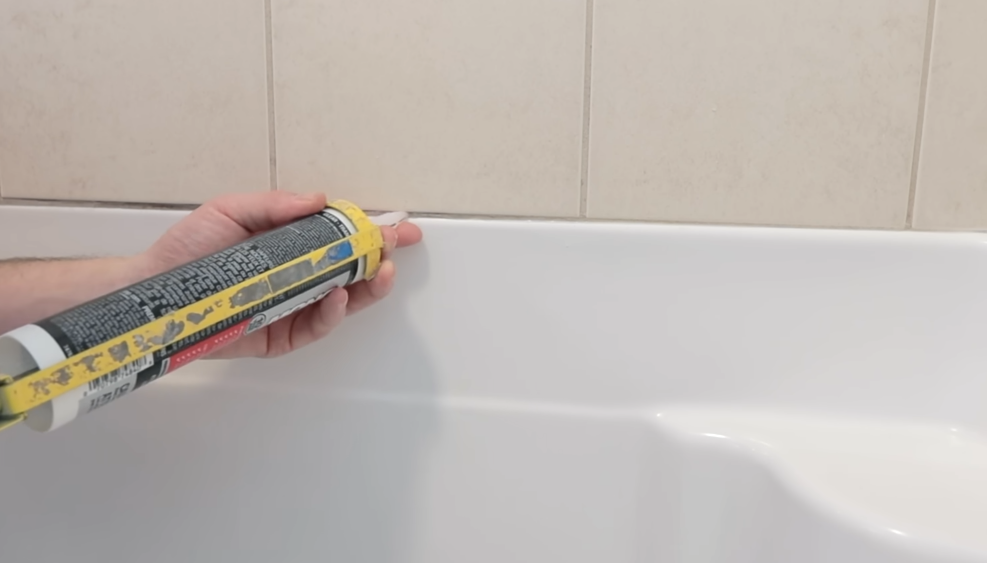
It’s also worth checking for past caulks or sealants, as these can affect the performance of any new compound you apply. Remove any old caulks or sealants before you begin. [1], [2], [3], [4], [5]
FAQ
Is it OK for caulk to freeze?
No, it is not OK for caulk to freeze. Caulk that is exposed to freezing temperatures can become brittle, making it hard to apply and less effective at sealing the gap or crack you are attempting to fill. Additionally, caulking that has frozen may contain air pockets that can prevent a proper seal from forming. When using caulk in cold weather, always follow the manufacturer’s instructions regarding temperature requirements for optimal performance.
How cold can it be to caulk?
The temperature can have a major impact on the ability of the caulk to adhere properly. Generally, you should never attempt to caulk in temperatures below -20°F. Caulk may not adhere properly and it may even freeze if it’s too cold. In addition, you should only use caulks created for use in colder climates, otherwise it won’t be able to set up properly.
How do I prepare the area for cold weather caulking?
Before you start your caulking project in cold weather, you should make sure that the surface is clean and dry. Remove any debris or dirt from the area you are going to caulk, including any previously applied caulk. If possible, use a heat gun or blow dryer on low heat to warm the surfaces before applying caulks. This will allow them to fully adhere and form a better seal. Make sure that all of your surfaces are above freezing temperature before beginning your project as well.
If there is frost on the surface, you should wait until it melts before beginning your caulking. It is also important to make sure that the temperatures remain above freezing while the caulk is curing and setting up. If the temperature drops too low, it may prevent the caulk from forming a proper seal or adhering at all.
Will caulking dry in the cold?
In short: Yes, it is possible to caulk in cold weather. However, depending on the temperature and humidity conditions at the time of caulking, you may experience some difficulty with the product curing or drying properly.
Low temperature grade products typically have a higher concentration of rubber materials, which helps them remain pliable. Also, they usually contain an anti-freezing agent which helps keep moisture out and prevents cracking as temperatures drop. Some brands even offer products specifically designed for winter applications.
It’s important to note that when applying any kind of caulk in cold weather, you should make sure that the surface is dry and free of any moisture or condensation. This will help ensure a proper bond between the caulk and the material being sealed. You may also need to use a heat gun to raise the surface temperature slightly before applying the product.
In addition, you should keep in mind that curing times for caulking products will be longer in colder temperatures than normal. Depending on the product used, it could take up to twice as long for drying and curing to take place compared to warm weather conditions.
When should you not use caulking?
Generally speaking, caulking should not be used in temperatures below the recommended temperature range indicated on the product label. This is because, when applied in cold temperatures, the caulk may not adhere properly and could fail prematurely. Additionally, curing of caulk can take much longer in colder temperatures due to slowed evaporation rates. Therefore, it’s best to wait until temperatures rise before beginning any caulking projects.
In addition, we advise against caulking if the surface you plan to caulk is covered with frost or ice, as this can cause the caulk to not adhere properly. If you need to apply caulking in cold weather, make sure to remove any frost or ice from the surface prior to applying the caulk.
Finally, be aware that some types of caulks are not intended for use in colder temperatures and should not be used if temperatures fall below a certain temperature range indicated on the product’s label. This is especially important for exterior applications; it’s best to avoid using any latex-based caulks outside during winter months due to their reduced flexibility when exposed to cold weather.
How warm does it have to be to use caulk outside?
In general, caulk should be used at temperatures between 40 and 90 degrees Fahrenheit. This temperature range is important because it ensures that the caulk will adequately adhere to the surfaces being sealed as well as remain flexible enough to expand and contract with changing temperatures. When caulking in cold weather, you must take extra precautions to ensure a successful seal.
Certain types of caulk may be formulated for use in lower temperature ranges than others. For example, certain types of latex or silicone caulks are designed to work down to 0°F while some polyurethane-based products are designed for temperatures down to -20°F.
Useful Video: Stop Choosing The Wrong Caulking! (Get What The Pros Use)
Conclusion
Caulking in cold weather is possible, but it requires extra care and planning. It’s important to use a caulk specifically designed for use in cold conditions, as well as an appropriate primer or sealant to help ensure proper adhesion. Additionally, you should give the caulk time to set before exposing it to any moisture or extreme temperatures. If you follow these steps, then you can rest assured that your caulk will remain intact and perform properly even in colder climates.
If you’re still feeling doubtful about caulking in cold weather, always remember that professional contractors are available who specialize in this kind of work. With their help, you can be sure that the job is done properly and with quality materials. You’ll also be able to save time and money by relying on the expertise of these professionals.
No matter what you decide, we hope that this guide has helped you understand the complexity of caulking in cold weather. With a few extra precautions and preparation, your DIY project should turn out just as good – if not better – than if it had been done during more favorable temperatures. Good luck!
References
- https://waterproofcaulking.com/best-exterior-caulking-for-cold-weather/
- https://adfastcorp.com/en/news/silicone-sealant-application-temperature-what-should-you-watch-out-for/
- https://www.cabinlife.com/articles/applying-caulking-in-cold-weather
- https://calfeutrageapex.com/winter-caulking/window-caulking-during-winter-is-it-possible/
- https://eikenhout.com/how-to-caulk-windows-for-winter/




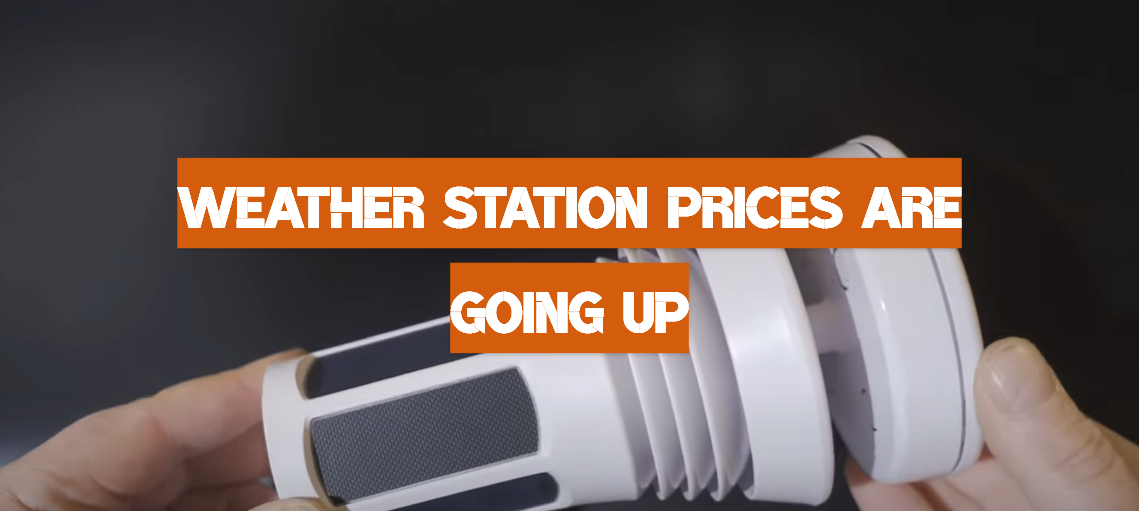
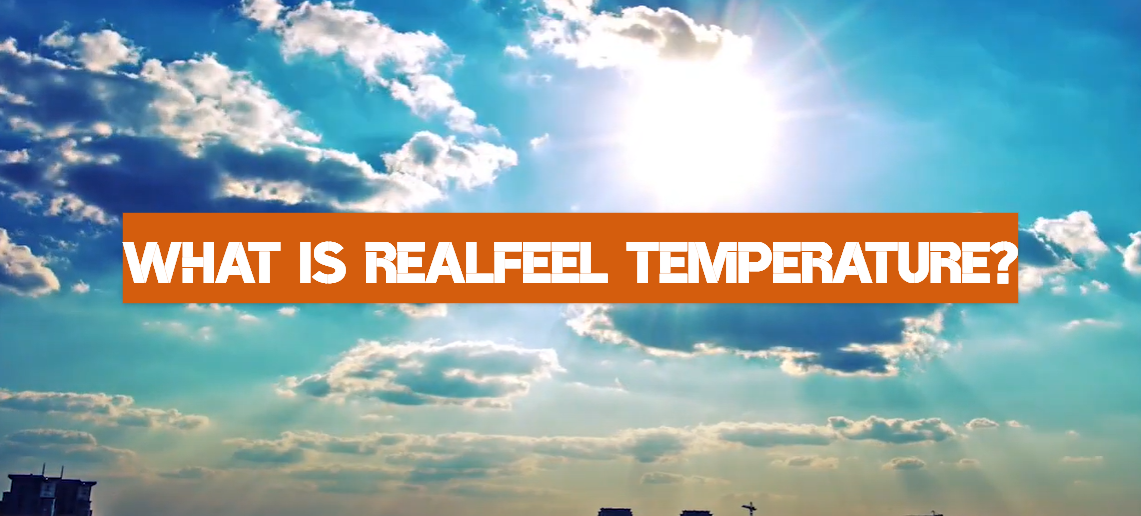
Leave a Reply